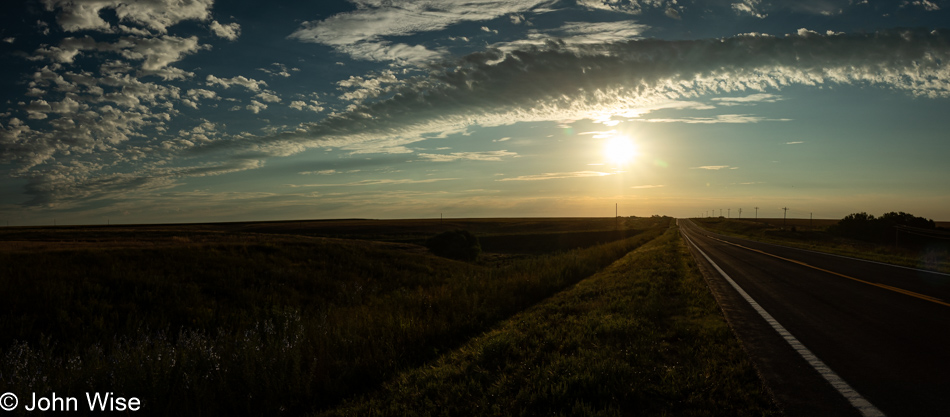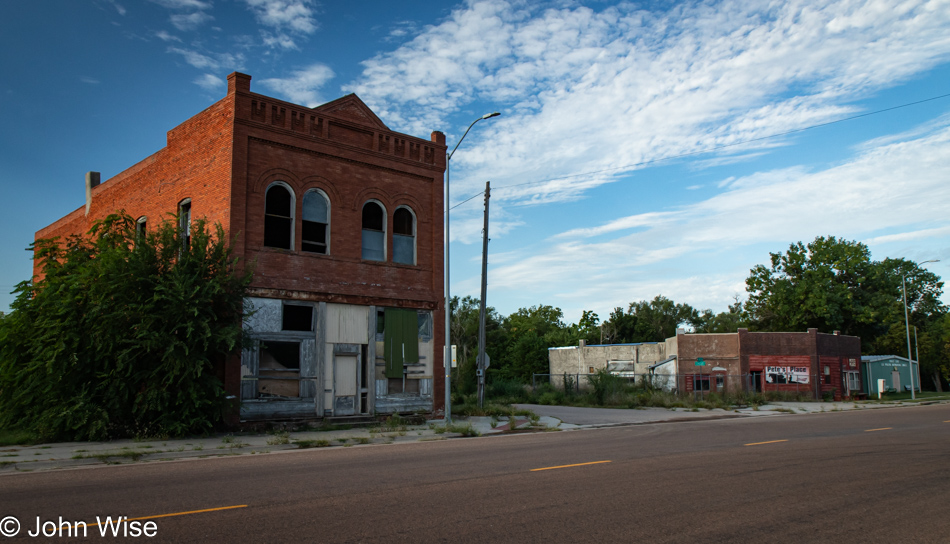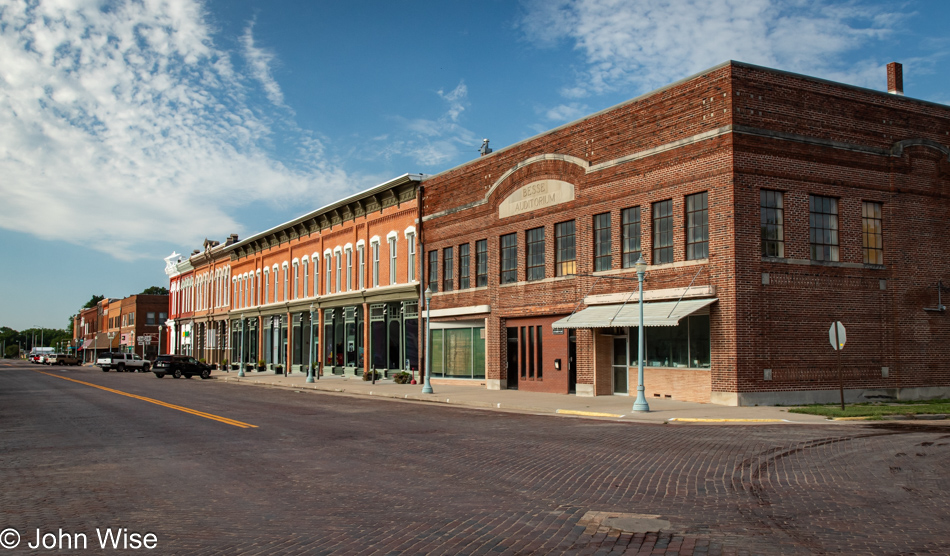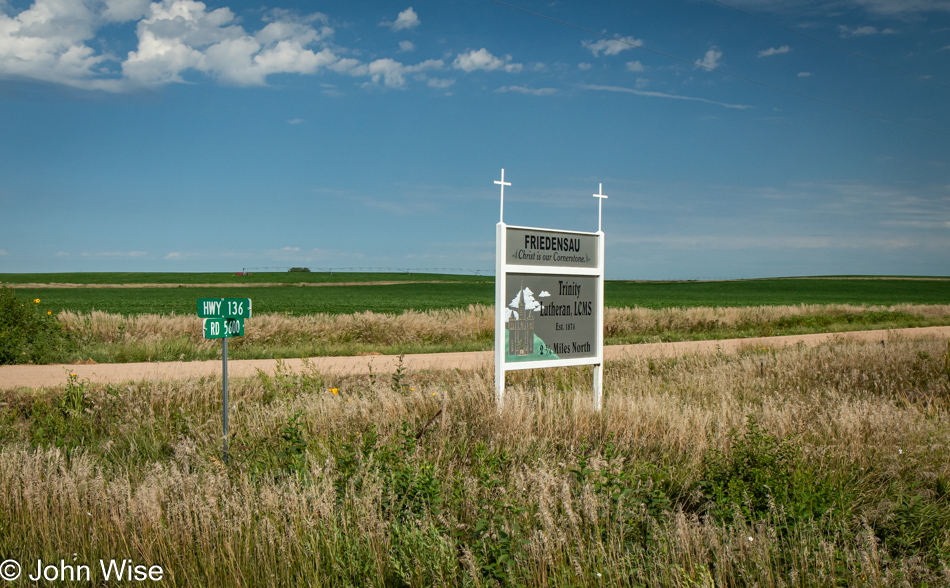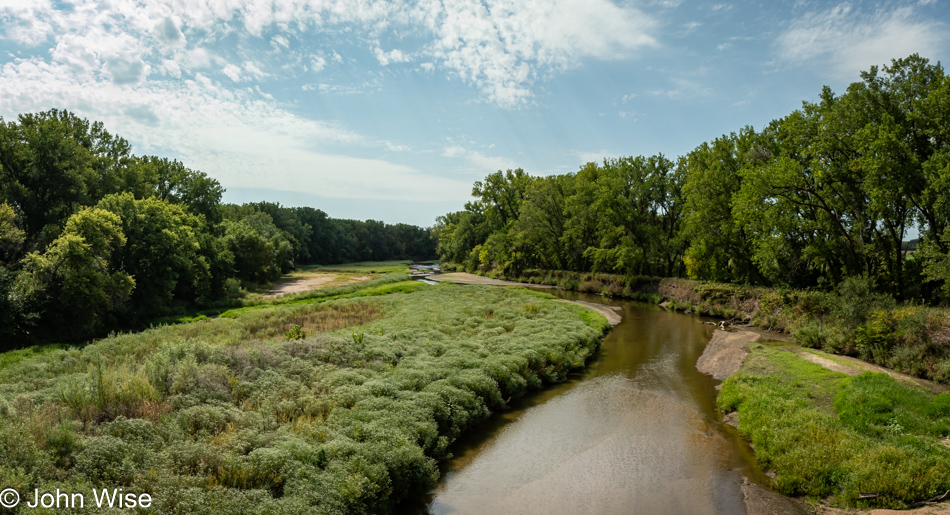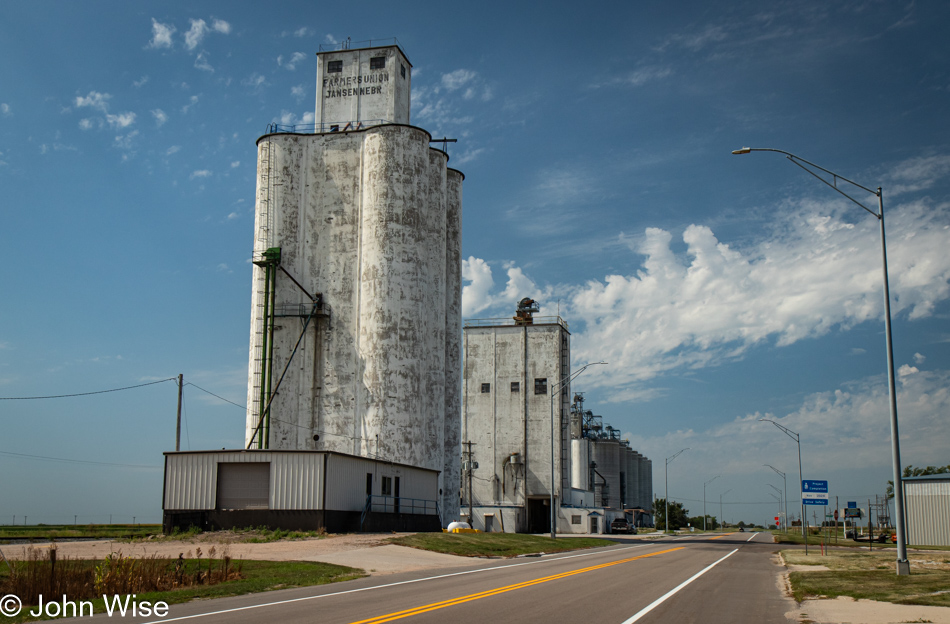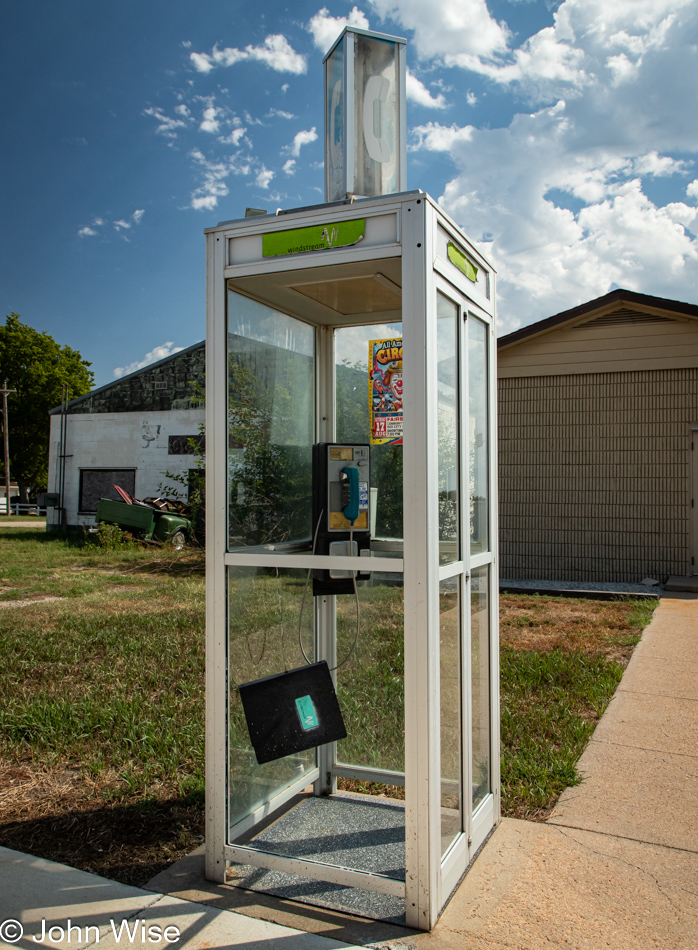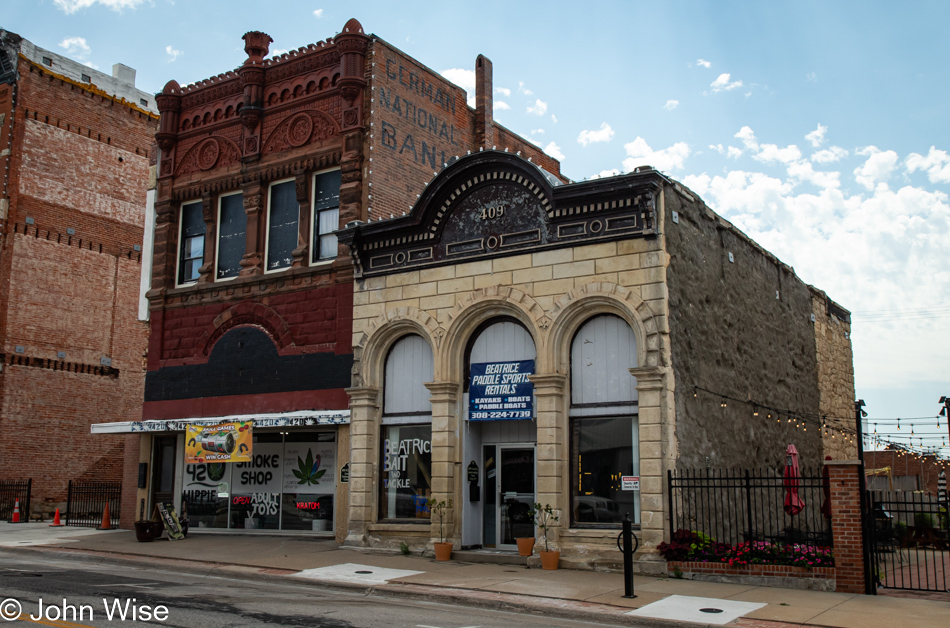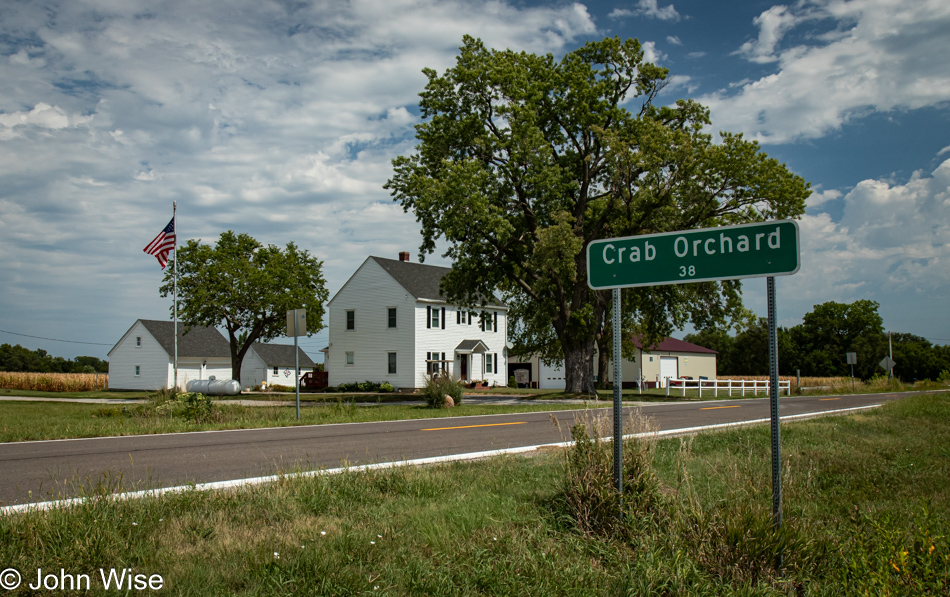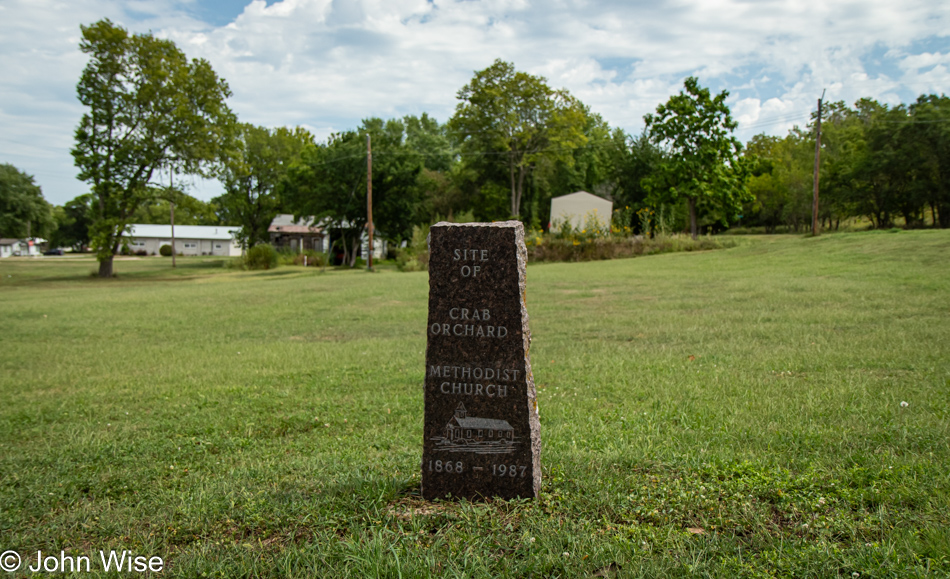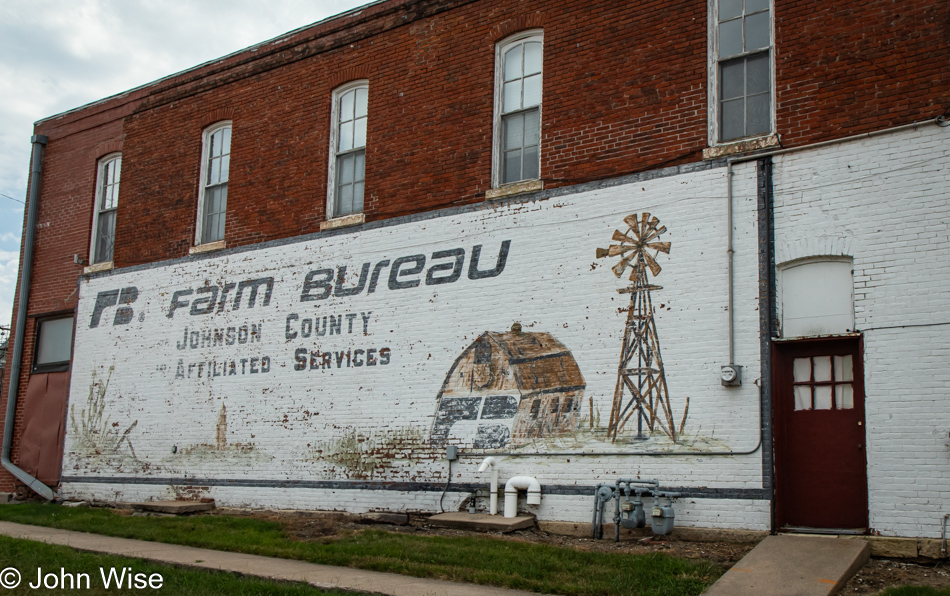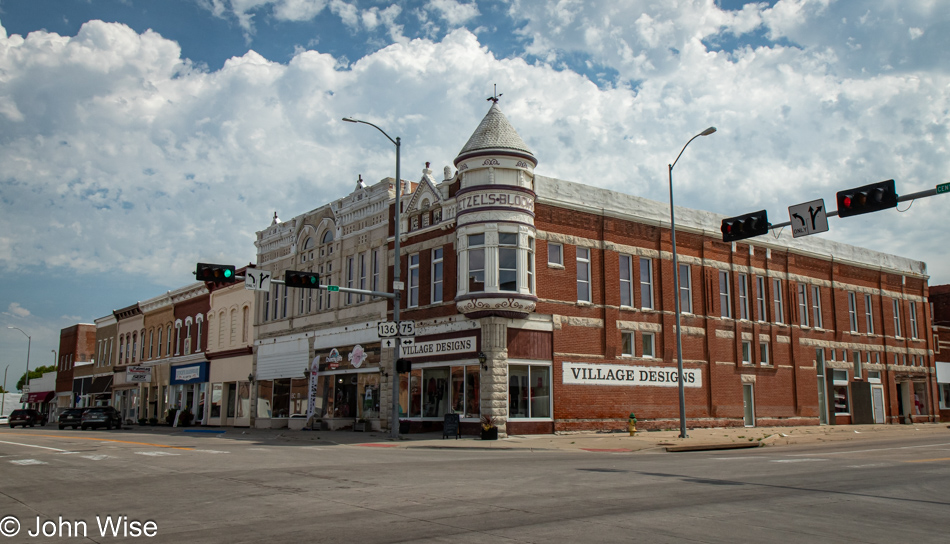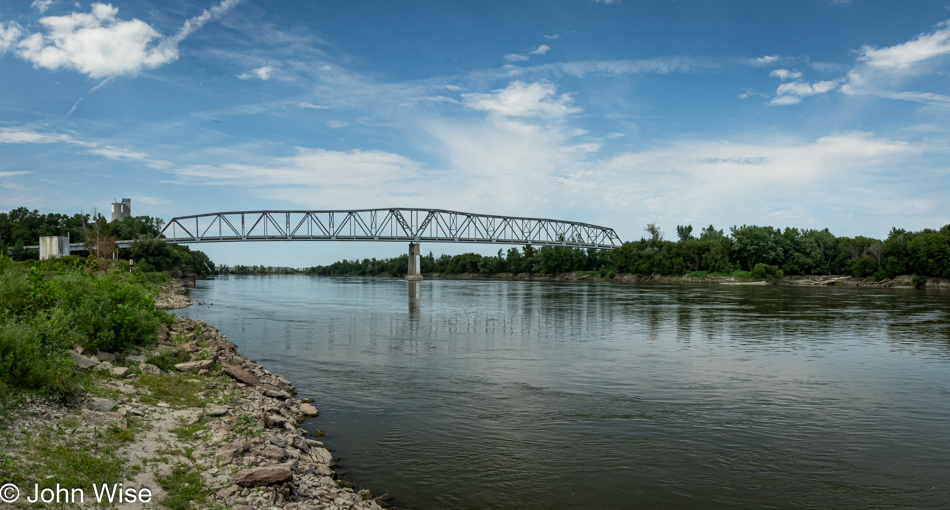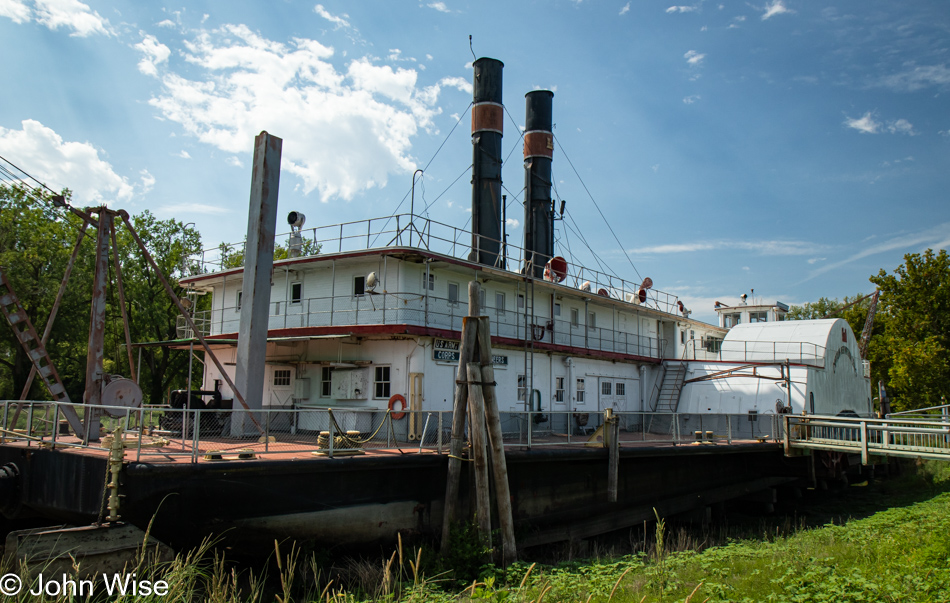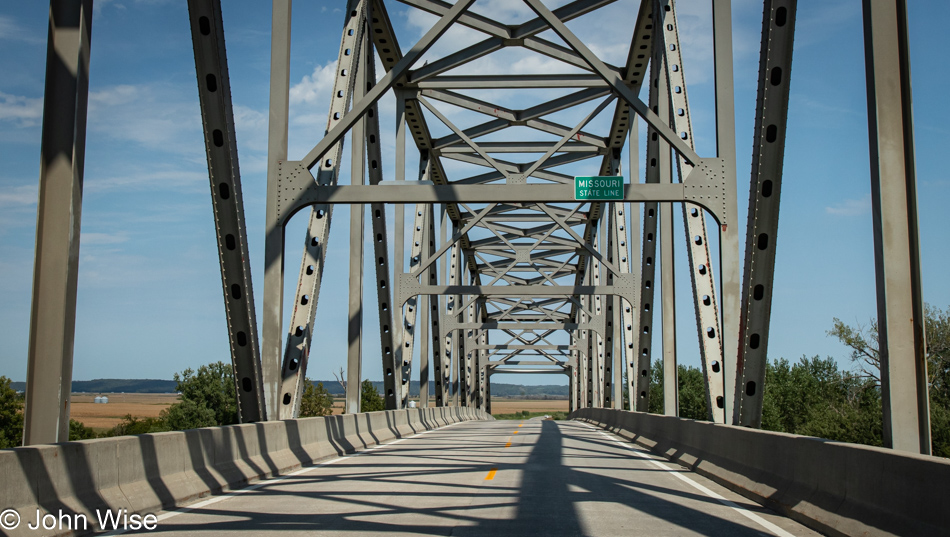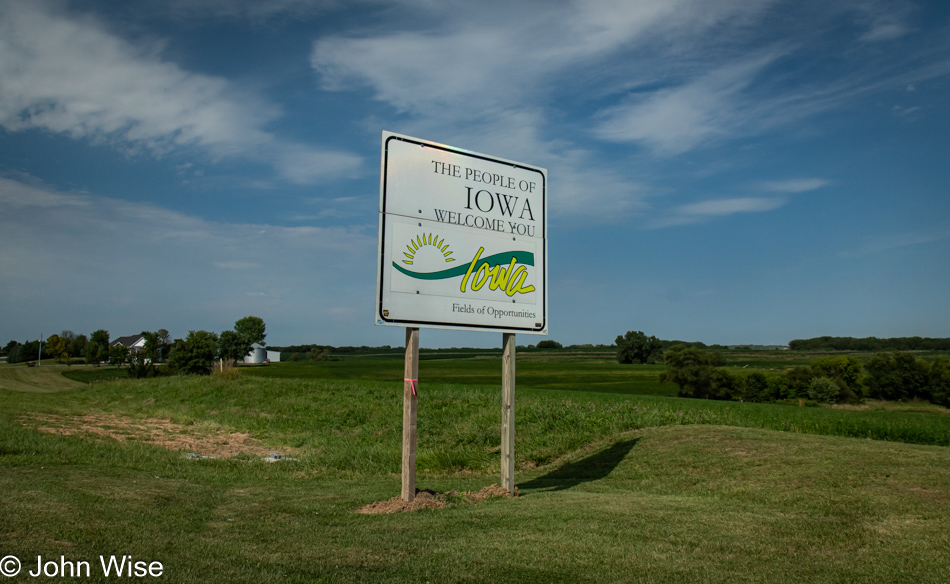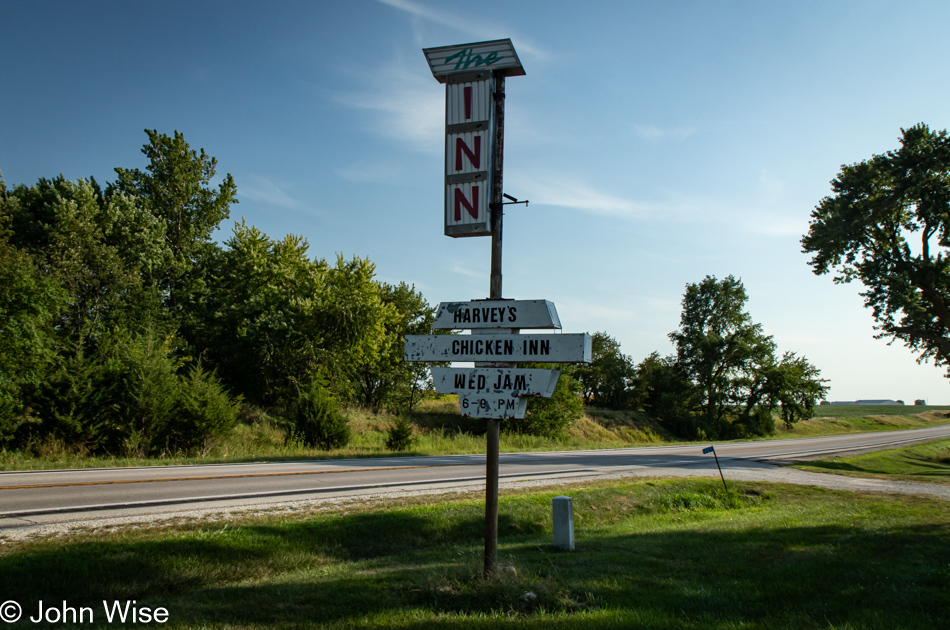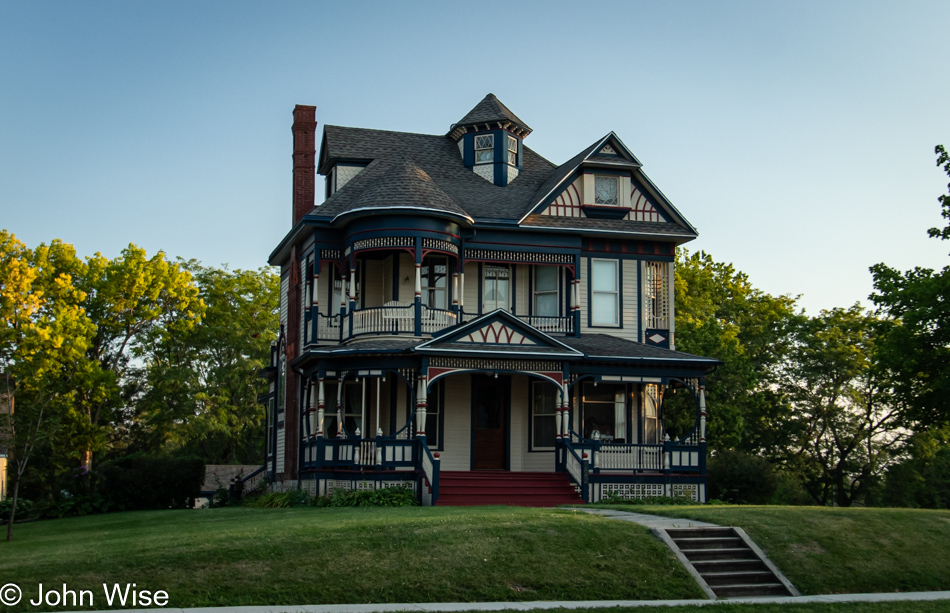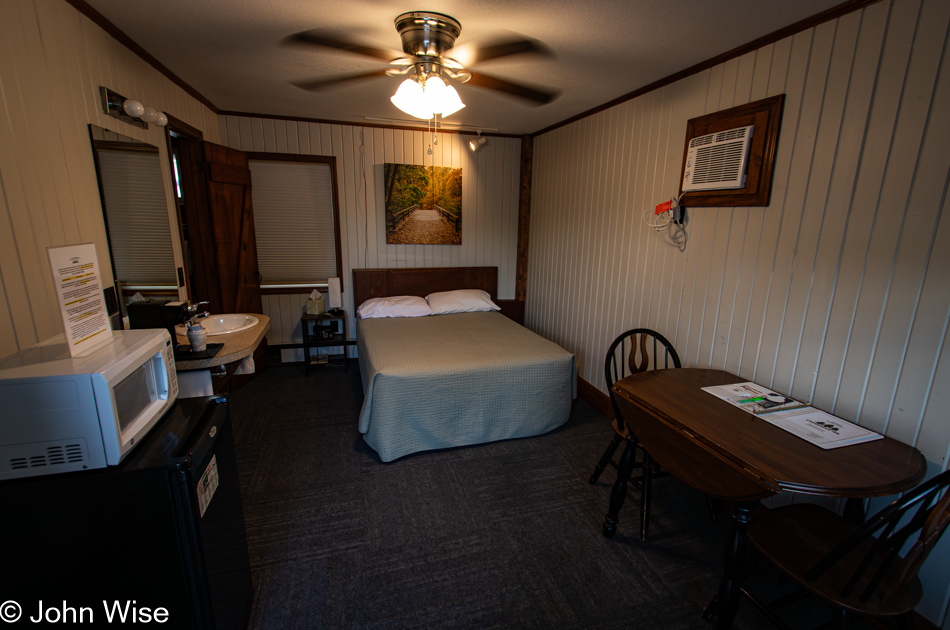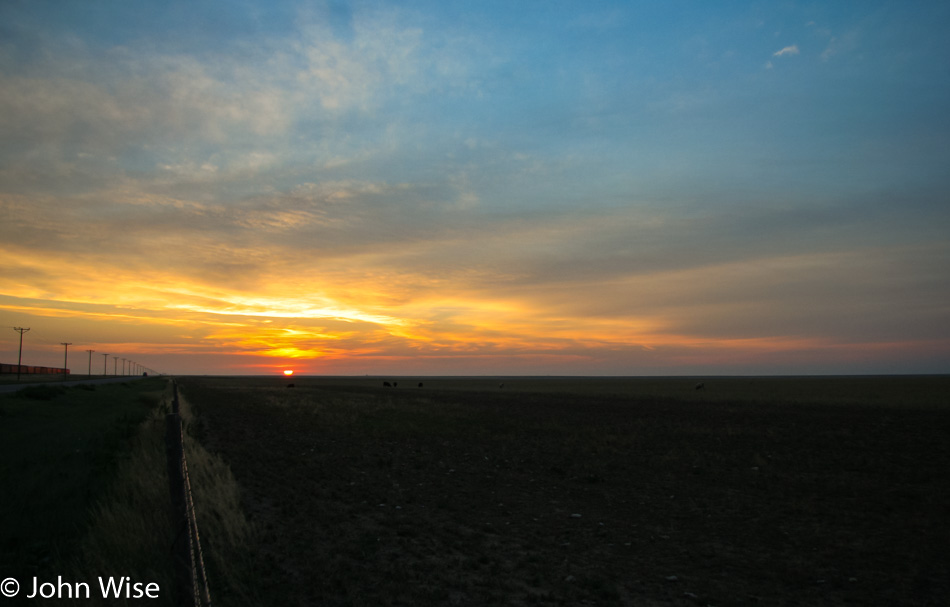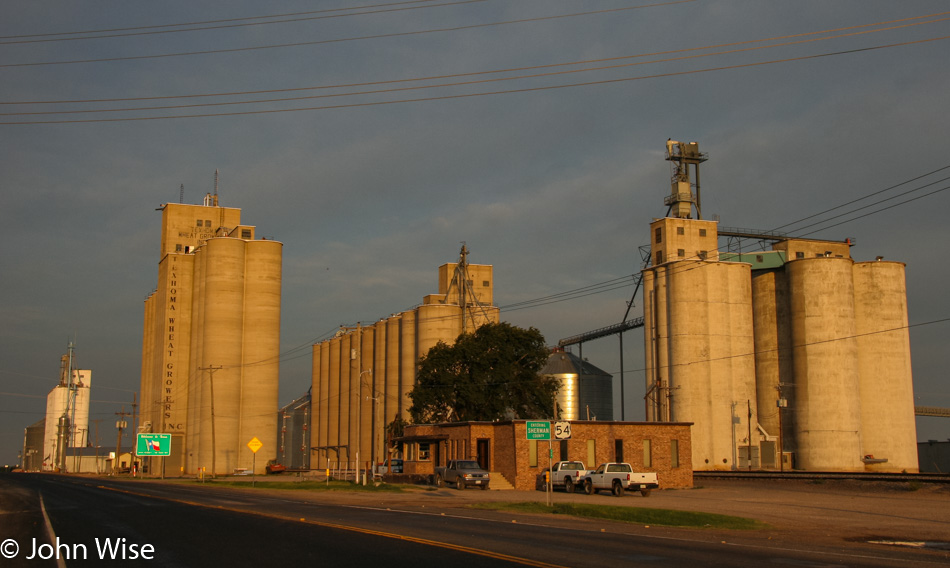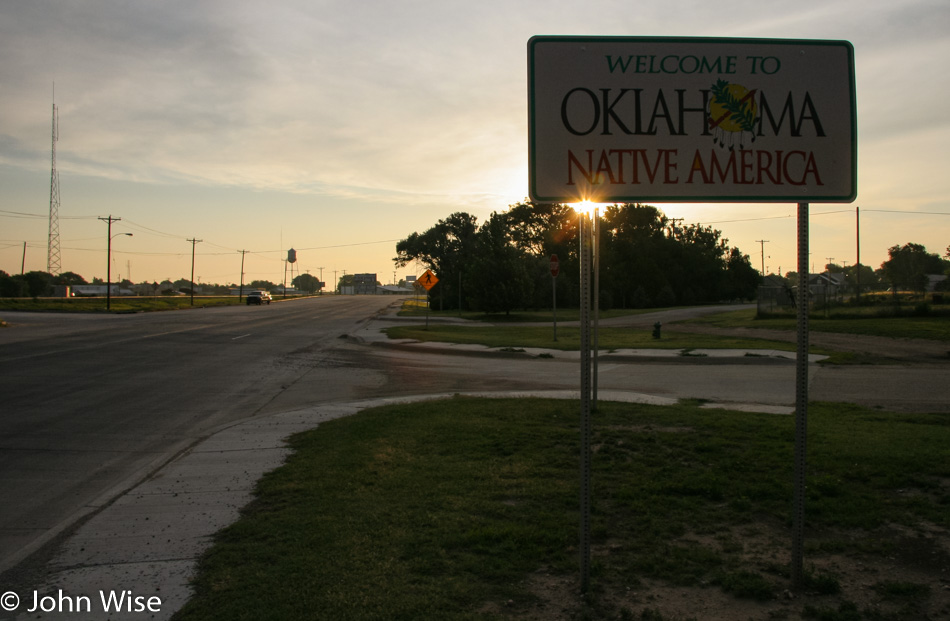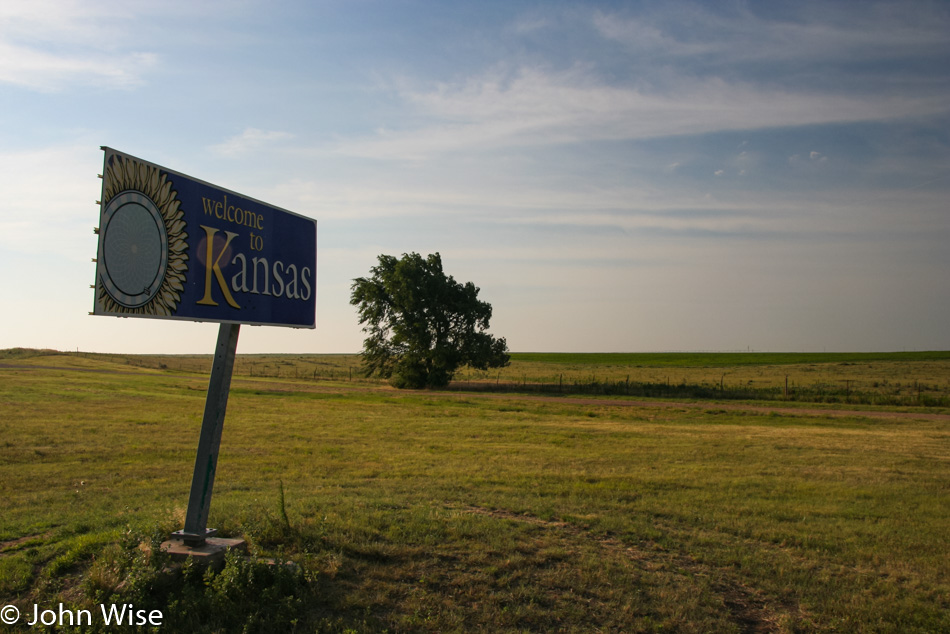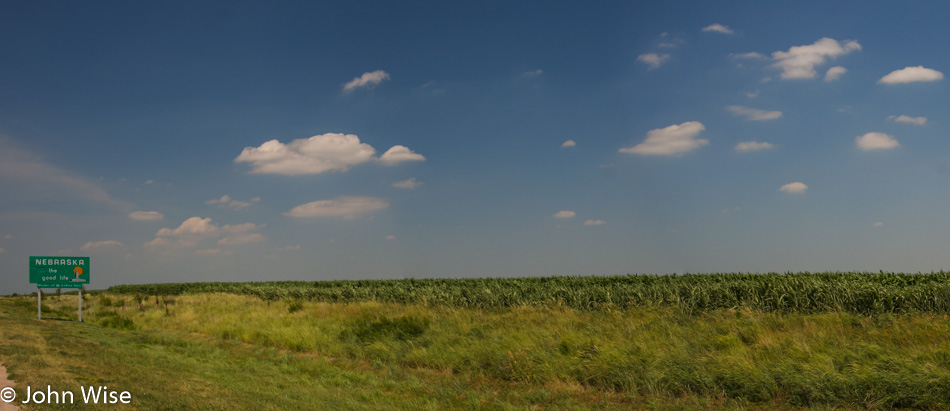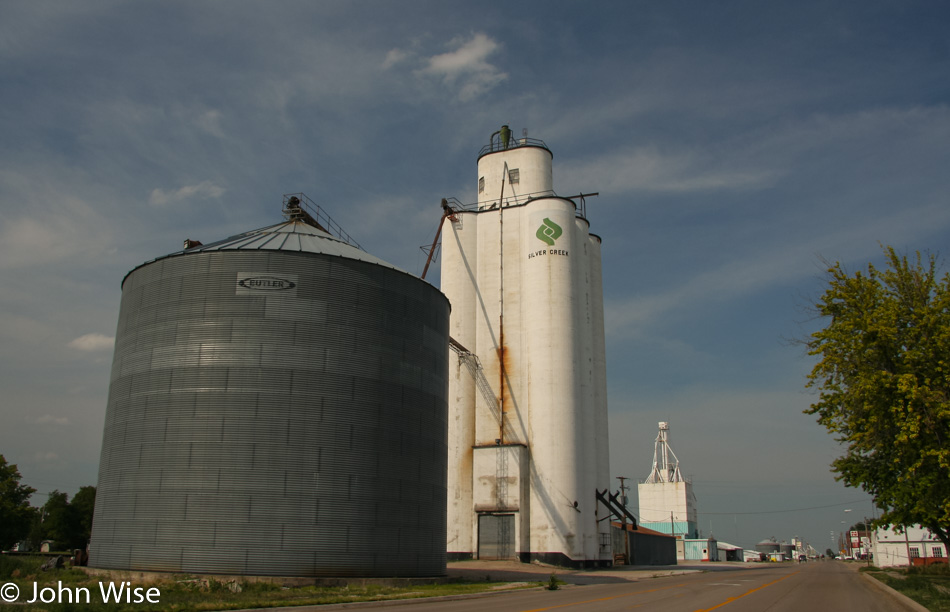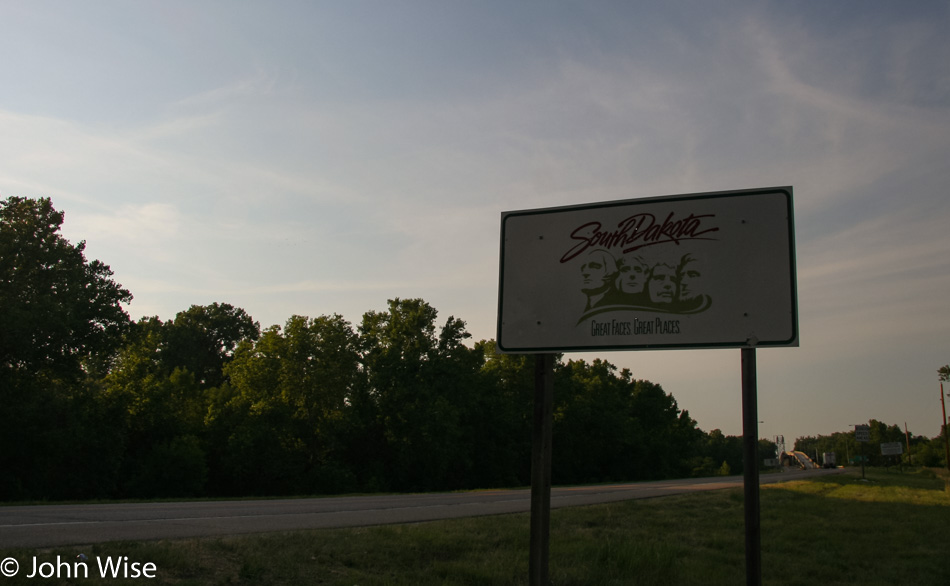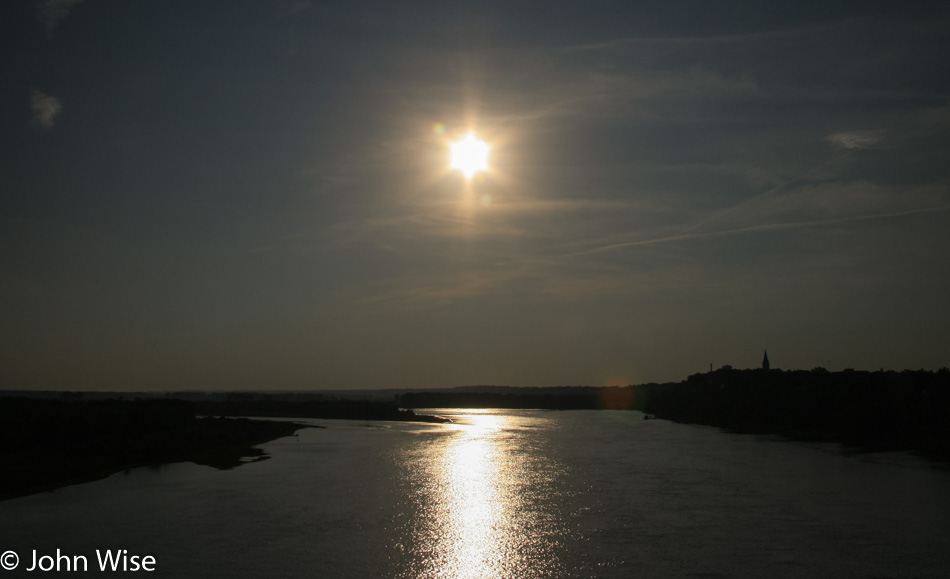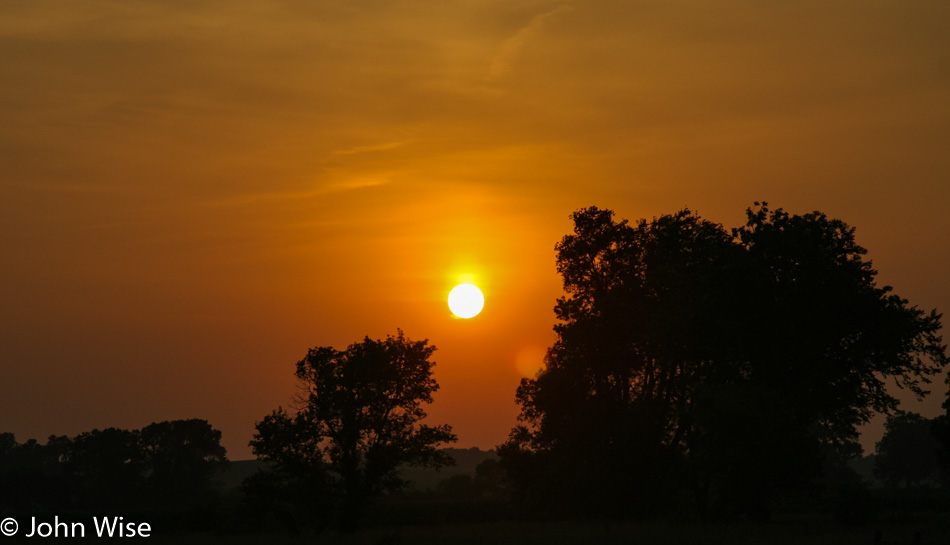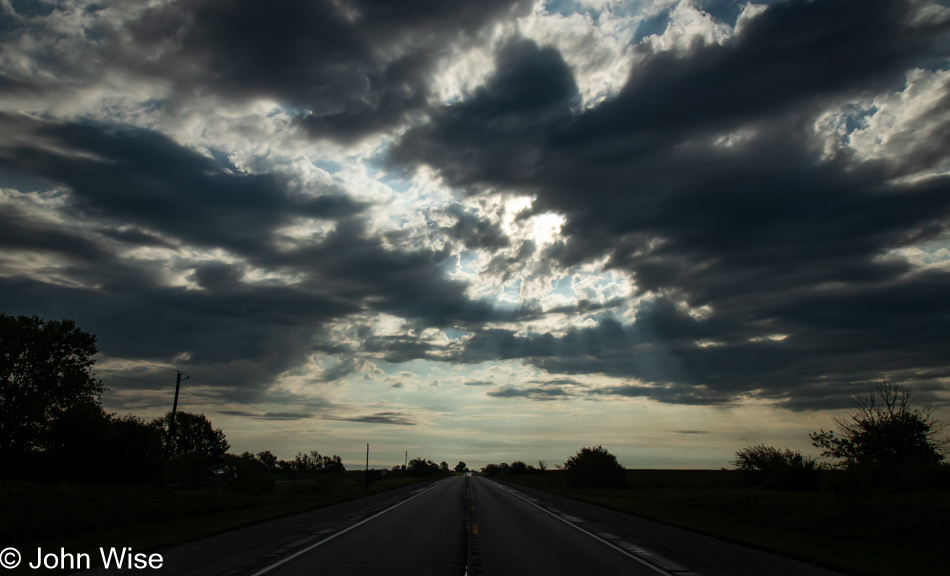
I mull things a lot, and anyone who might have read one of these posts can probably attest to the veracity of that self-aware claim. What I went to sleep with last night and what I’m carrying into this morning is what a handful of people shared with me before my road trip, either questioning my plans or stating that it’s boring out here. For me, this implies myopia on their part and that they suffer from a malady that arises from the conditioning of watching television: an exciting life only happens in far away places. Only getting away to an “amazing” place can wrench them from boredom. They don’t understand that the people living and working in their routines in amazing places find those places boring, too. Often, people won’t see how boring their vacation destination is to the locals because they typically visit with others set on breaking out of routines and are busy celebrating this new experience. The people serving them are just doing their normal boring job, looking to go on vacation somewhere fun so they can escape the drudgery of where they live.
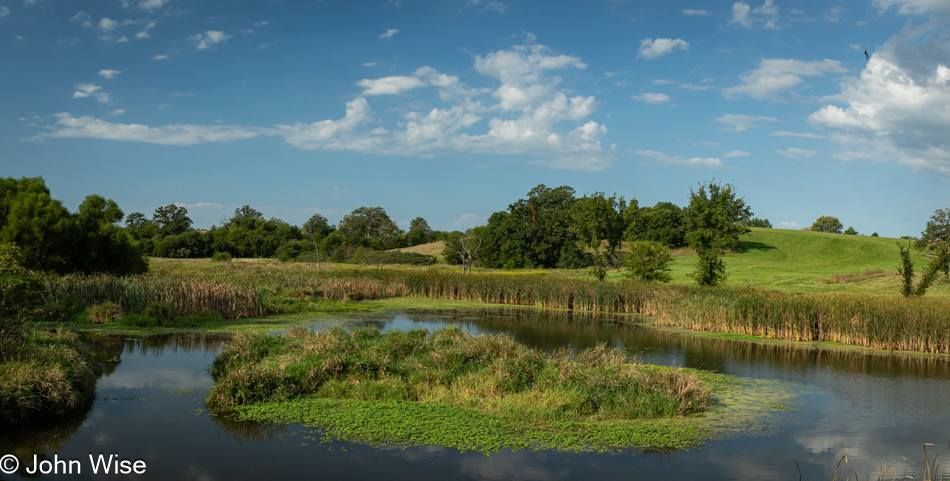
It’s not a place that’s boring; it’s the person that’s boring. When we are unable to adequately intellectually entertain and educate ourselves, we probably end up watching TV or streaming videos that persuade us that we are witnessing a truly exciting place, and “Don’t you wish you were here?” is being pressed upon the viewer. After the constant bombardment of people whose lives have drifted into deep boredom, while somewhat true if stagnation has taken over one’s routine, travel will only work to break them out of that for a few moments before thrusting them right back into boredom.
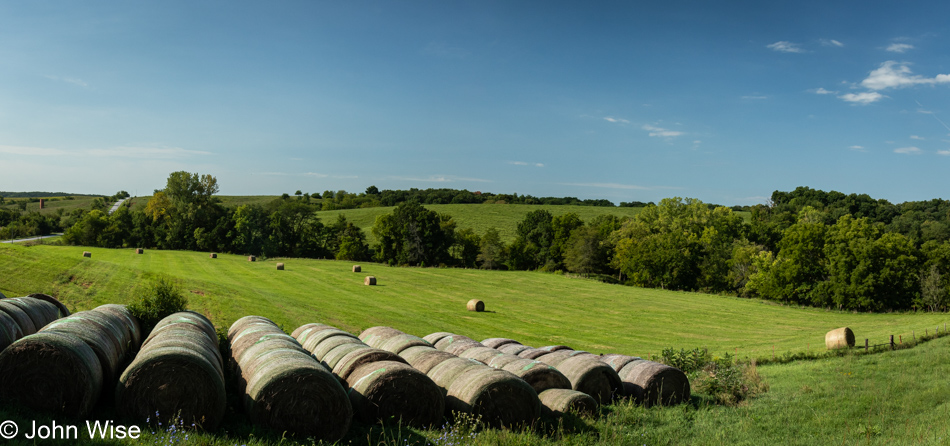
The onus of what we do daily to escape the treadmill is on us: not TV, not video games, not government, not our family, not our jobs. It’s in our head, our deeper curiosity that might be dormant or lying fallow. Passivity regarding where we are and how we travel in our imagination when we are unable to propel ourselves 1,000 miles away to that next exotic, exciting, fun-filled, alcohol-fueled romp in Vegas, Paris, New York, or Hawaii is where we need to start to combat boredom. Boredom is in your imagination, not in a place.
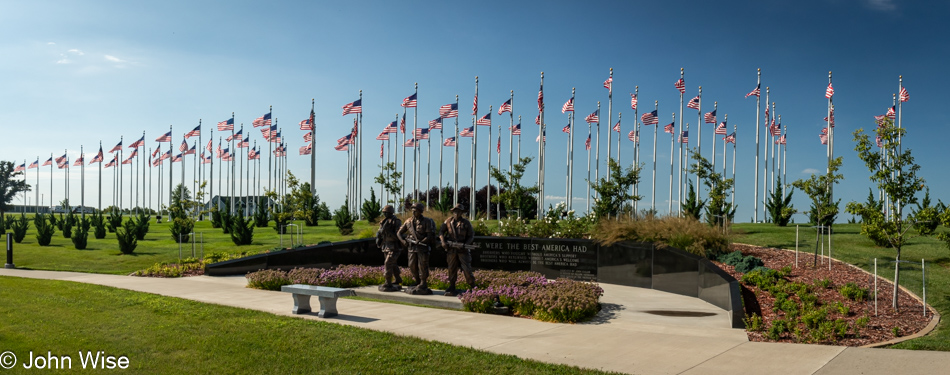
Caroline told me that the Welcome Home Soldier Monument was ahead on my drive this morning; I was expecting nothing more than a placard. Instead, I found an incredible labor of love and met the man responsible for this Washington D.C. level of quality monument. Jim Keller, working with volunteers and donations, has built a replica of the United States Marine Corps War Memorial, also known as the Iwo Jima Memorial, planted 100 U.S. flags, built memorials to all branches of the military, and installed a statue of a Civil War soldier who plays reverie and taps in the morning and the afternoon.
I was surprisingly touched by this massive eight-acre monument offering gratitude for American soldiers. Maybe because I’m growing older, I better understand what we contribute, volunteering to serve and protect ideas and a framework guiding our country through good and bad times. No matter the alleged ulterior purposes of business and government, the soldier is there to carry out an objective they’ve been taught; their job is to safeguard freedom and the Constitution of the United States. Doing a small part so people can exercise those rights might seem minor and irrelevant at the time, but the older we get, hopefully, we will recognize that those things are not to be taken for granted. I’m reminded of one of the soldier credos I learned, “Mine is not to question why. Mine is to do and die.” My problem was always the questioning part.
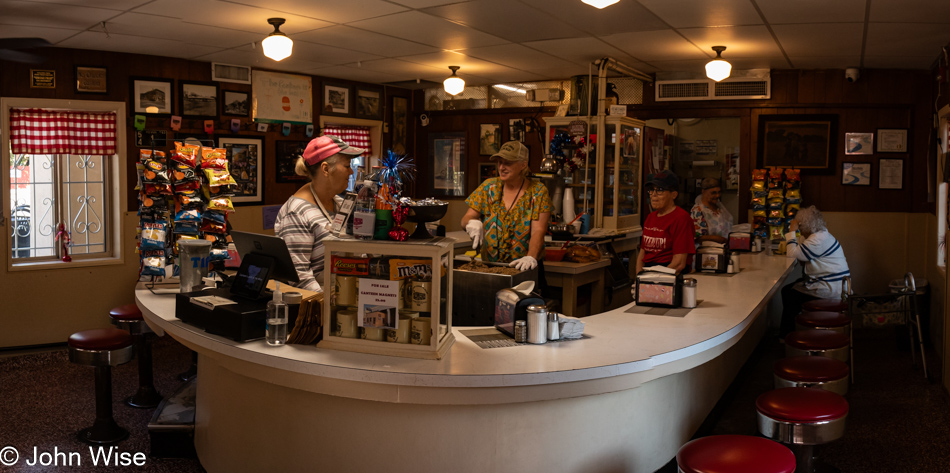
Last night at dinner, a server in training, upon hearing about my road trip, told me that if I were passing through Ottumwa around lunchtime, I should stop at the Canteen. They’ve been there forever, and it’s a unique place. Years ago, they refused to move their location, but they are now situated in a tight corner with a parking garage surrounding their building. Aside from that, it looks much the way it must have many, many years ago.

This is what the place is named after, or what they call their sandwich: the canteen. A ground beef sandwich, but not a Sloppy Joe, that you can opt to have with grilled onions, mustard, and pickles (the traditional version); you can also ask for ketchup and cheese. After nearly finishing mine, I heard a customer on the other side of the counter ask for “extra moist,” which means they ladle spoons of rendered beef fat over the burger before topping it with the bun.
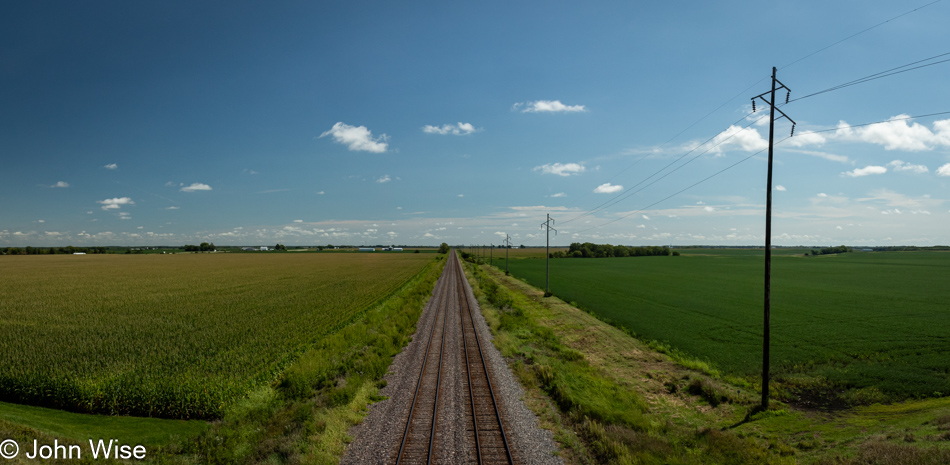
I was back on Route 34 when it turned into a four-lane highway, which smacked of something akin to a freeway after driving so many days on two-lane roads. A glance at the map and I see that Iowa Route 16 toward Denmark, the city, not the country, would allow me to detour to my encounter with the Mississippi River and my next state line. My internal speed must have slowed considerably because, after a flash of tension on the 34, I felt at ease again. I can only dread what awaits me when I visit the Buffalo, New York, airport in a few days. I mean the crowds and traffic, not the fact that I’m picking up Caroline, so don’t even go there.
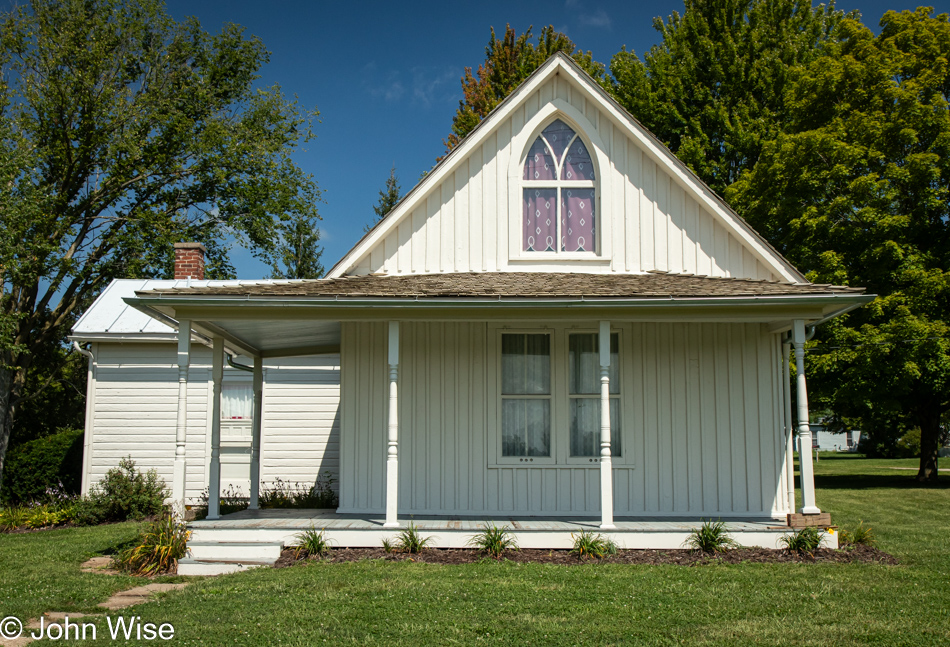
This is a nice surprise: my route takes me through Eldon, Iowa, home of the house featured in the Grant Wood painting titled American Gothic.
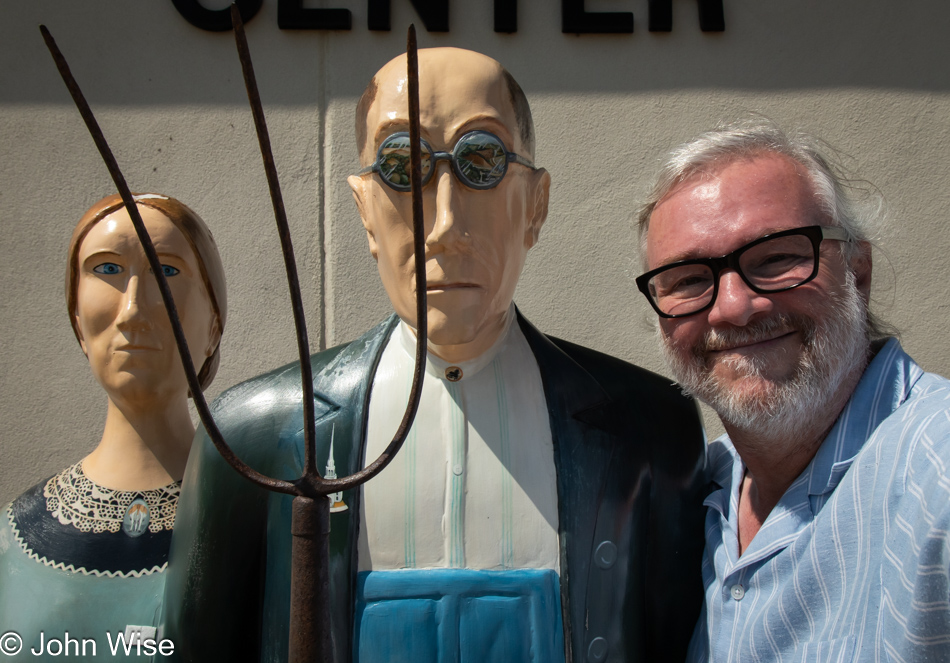
If the name of the painting didn’t refresh your memory, I’m guessing that this photo of the three of us will serve as a reminder.

Rethinking, or is it thinking again, of yesterday’s musings on the economics of shifting fortunes of people and towns here in the Great Plains, the Amish jumped to mind. It was probably seeing a couple of Amish buggies along the way that triggered this. People who eschew modernity can harness manual tools and labor to create incredible value. No GPS-guided, fuel-driven tractors, no electricity, and none of the conveniences such as cars or trucks to help them make money, yet they spread out throughout the middle of America buying land, building massive farms with barns, animals, and the requisite tools that allow them to pay their bills and establish tightly knit communities.
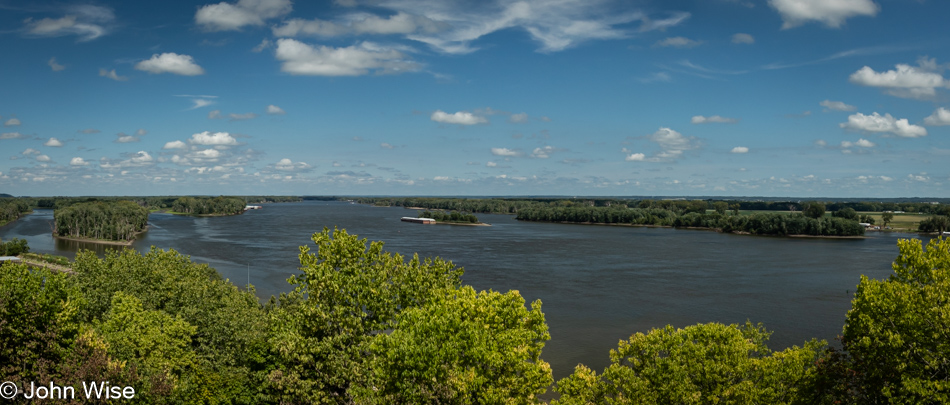
The Mississippi River, viewed from Mosquito Park in Burlington, Iowa. On the other side: Illinois, my next destination.
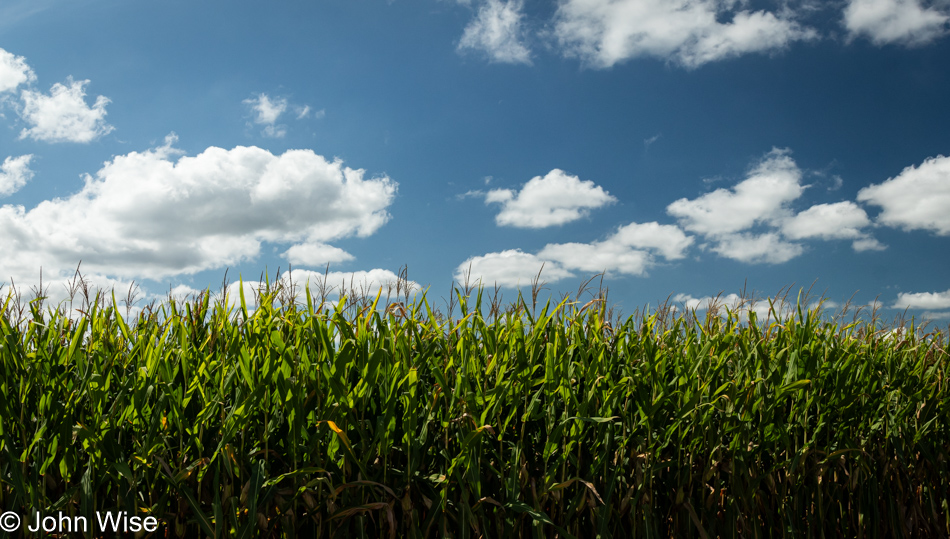
Yeah, more corn.
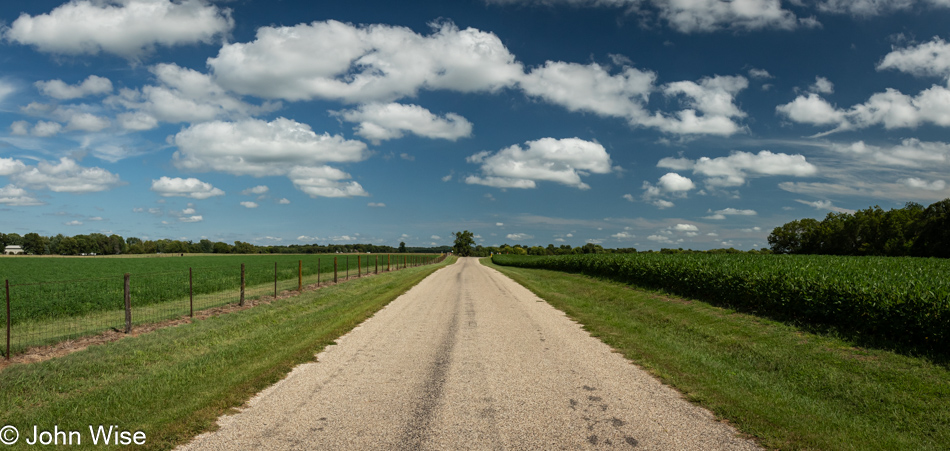
…and a small, attractive road, detouring away from the busier highway 34 I had to reconnect with to cross the Mississippi.
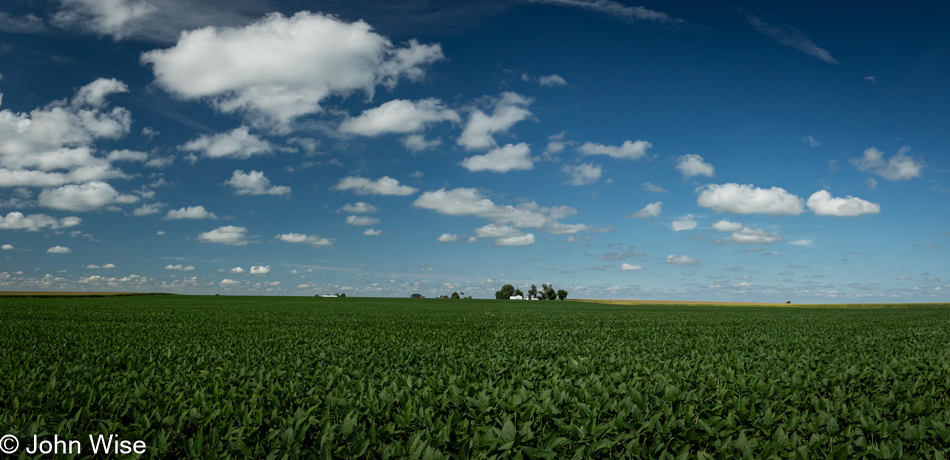
More soybeans because, of course it was going to be that, or corn.

At the crossroads of Highway 41 and the 116 in St. Augustine, Illinois, while I was fighting drowsiness on long, straight, and incredibly smooth farm roads taking me past corn and more corn, I spotted this random swing hanging from a tree. Instantly, I was snapped out of my mindless drift of road hypnosis by the need to take a photo of something – anything – other than corn.
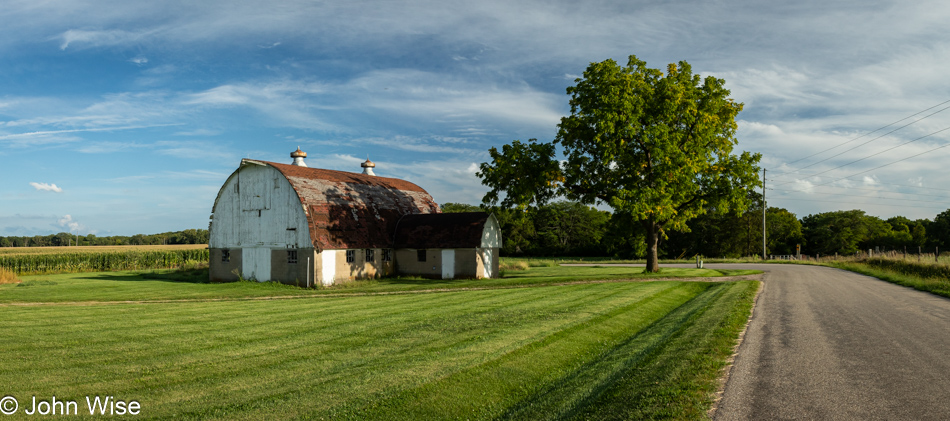
I opted to give Peoria, Illinois, a wide berth. With more than 113,000 inhabitants, I felt that all I’d find was a horror of people, angry, on drugs, and racing to get home at the end of the work day. Meanwhile, I’d try to calm down from the minor encounter with traffic of those escaping the city for the distant suburbs by heading through Pekin, a good 10 miles south of Peoria, but that wasn’t good enough. The speed of life came rushing back, and for the first time in a thousand miles, I had to listen to the throaty rumble of a tuned Camaro that IS NOT conducive to enjoying the whispy sounds of corn rustling in the breeze.
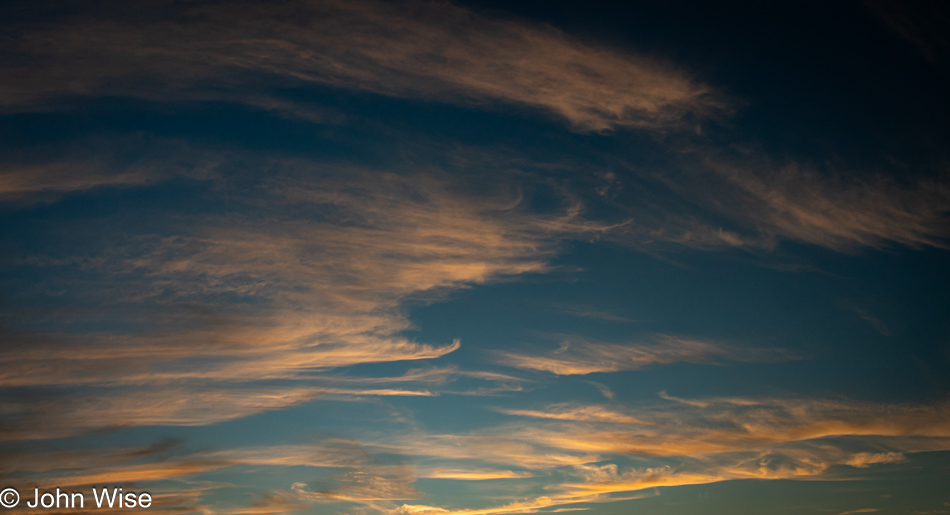
From here forward, I shouldn’t be surprised if I fall further into stress. I crossed the 100th Meridian when I went over the Mississippi. The great majority lives on this side of America, a full two-thirds of our population. Compared to the West, they are packed in like sardines over here. For five days now, I’ve been decompressing and gathering the glow of a corn tan, leaving me uncertain if I’m ready for the maelstrom that arrives with population densities.
